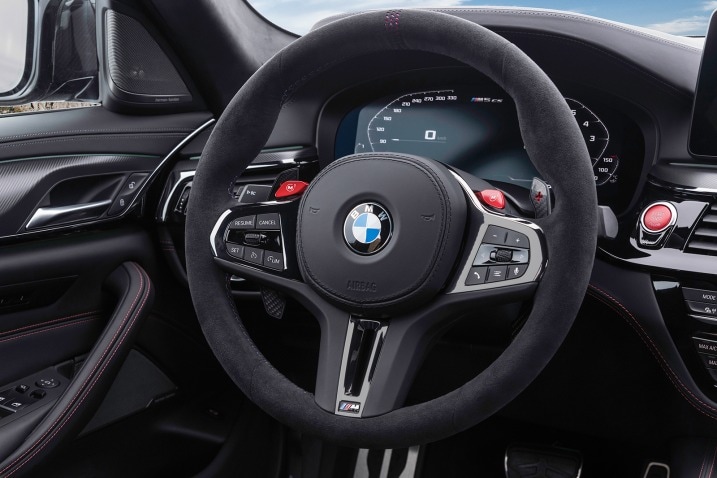Power steering isn't a new feature, but it's hard to imagine a car without it. Power steering uses a motorized system, either hydraulic or electrical, to augment and assist the driver's steering wheel inputs. Without it, turning a car's steering wheel would be extremely difficult, especially when stationary. More and more cars are using electric power steering systems these days, and in this article, we'll detail what this technology is, how it works, and how it benefits you.
What is electric power steering and how does it work?
Power steering systems used to have hydraulic operation, which worked by sending fluid from a reservoir through a pump on a car's steering column to make turning the steering wheel easier. If you've driven an older car — or one with a failing power steering pump — you've probably noticed how heavy steering is without this assistance. However, electric power-assisted steering (EPAS) systems are becoming more common in modern vehicles because they're more easily integrated into the steering column. EPAS systems can also work with a vehicle's driver assistance technologies, and its electronic operation can provide small fuel economy benefits as well.
EPAS systems work by using an array of sensors, control units and an electric motor. A torque sensor mounted to your car's steering column measures the amount of force you apply to the steering wheel. The torque sensor, along with vehicle speed and steering angle sensors, sends this information to a control module. The control module specifies how much assistance the electric motor requires to turn the car's wheels, as well as how far and in which direction.
Some electric power steering systems can alter the amount of resistance the driver feels when turning the wheel. The electric motor can provide more assistance during low-speed maneuvering to lower the level of effort it takes to turn the wheel. That, in turn, makes moving around tight parking lots and side streets less difficult. But when at higher speeds, like on highways, the electric motor provides less assistance, giving the steering wheel more heft and allowing for a more precise and responsive feeling through the wheel.
Even though the system is a complicated array of sensors and motors, the result is simply an easier driving experience that offers more benefits for drivers.


 by
by 


